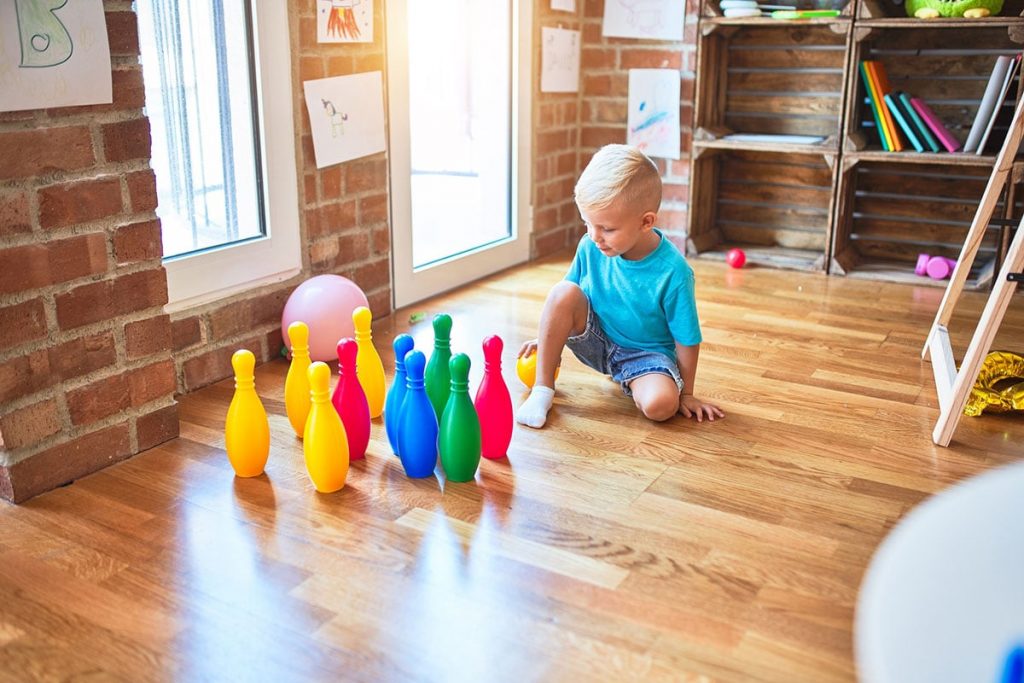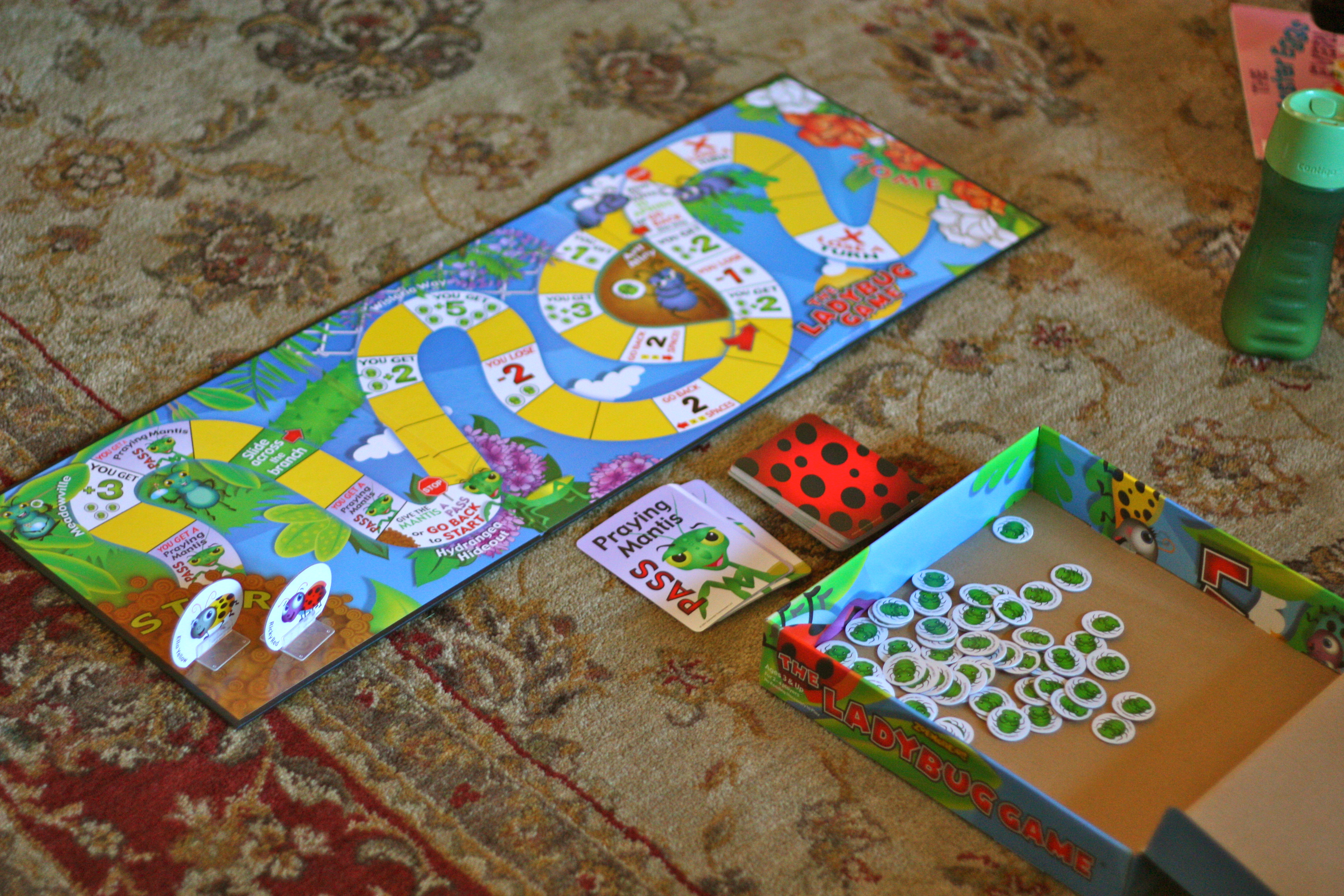
Okay, here is an article about the best games for 6-12 year olds, written in English and aiming for around 1000 words.

Level Up Fun: The Best Games to Spark Joy, Learning, and Growth in Kids Ages 6-12
The years between 6 and 12 are a period of incredible growth and transformation for children. They are transitioning from early elementary exploration to more complex thinking, social interaction, and developing independence. During this crucial stage, play isn’t just frivolous fun; it’s a vital tool for cognitive development, emotional intelligence, physical health, and building social skills.
Finding the "best" games for this age range can feel overwhelming because the spectrum from a 6-year-old to a 12-year-old is vast. What engages a first grader might bore a sixth grader, and vice versa. The key is variety, considering the child’s individual interests, and recognizing the different ways games contribute to their development.
This article explores a diverse landscape of games – from classic board games and active outdoor play to creative building sets and engaging video games – offering recommendations that cater to the wide-ranging interests and developmental stages within the 6-12 age bracket.
Why Games Matter for This Age Group
Before diving into specific recommendations, let’s briefly touch on the immense value games bring:
- Cognitive Skills: Problem-solving, critical thinking, strategy, memory, logic, planning, and spatial reasoning.
- Social & Emotional Skills: Cooperation, negotiation, turn-taking, dealing with winning and losing, empathy, communication, teamwork.
- Physical Development: Gross motor skills (running, jumping), fine motor skills (manipulating pieces, building), coordination.
- Creativity & Imagination: Storytelling, building worlds, role-playing.
- Learning: Reinforcing math, reading, science, and history concepts in a fun, low-pressure environment.
- Family Bonding: Creating shared experiences and lasting memories.

Now, let’s explore some of the top game categories and examples for kids aged 6-12.
1. Board Games & Card Games: The Tabletop Titans
Board and card games are timeless for a reason. They bring people together, require face-to-face interaction, and offer a fantastic mix of strategy, luck, and social dynamics. They are excellent for developing patience, understanding rules, and practicing good sportsmanship.

For the Younger End (6-8):
- Ticket to Ride: First Journey: A simplified version of the popular train game. It’s easy to learn, visually appealing, and introduces basic strategy and geography. Great for family play.
- Outfoxed!: A cooperative whodunit game where players work together to find clues and catch a fox. Promotes teamwork, deduction, and probability.
- Hoot Owl Hoot!: Another cooperative game from the creators of Peaceable Kingdom. Players help owls get back to their nest before sunrise. Teaches strategic planning and cooperation.
- Classic Card Games (Uno, Skip-Bo, Crazy Eights): Simple rules, fast-paced fun, and great for basic number recognition and turn-taking.
-
For the Older End (9-12):
- Catan Junior: A gateway game to the popular "Settlers of Catan." It simplifies resource management and building, perfect for introducing strategic thinking without being overwhelming.
- Clue: A classic deduction game that encourages logical reasoning and process of elimination. Perfect for kids who enjoy mysteries.
- Dixit: A beautiful card game based on imagination and storytelling. Players choose cards that match a clue word or phrase, and others guess which card belongs to the storyteller. Excellent for creativity and understanding different perspectives.
- Exploding Kittens (and its variants): A highly popular, simple, and hilarious card game based on luck and strategy. The quirky art and silly premise appeal strongly to this age group (check age recommendations, usually 9+).
- Apples to Apples Junior / Kids Against Maturity: Party games that involve matching cards based on humorous prompts. Fantastic for vocabulary, understanding context, and guaranteed laughs (Kids Against Maturity is best for the older end of this range, maybe 10+).
-
Benefits: Develops strategic thinking, problem-solving, rule-following, social interaction, communication, patience, and resilience (dealing with losing).
2. Video Games: Digital Worlds of Fun and Learning
Video games are undeniably popular with this age group. While managing screen time is essential, many video games offer significant developmental benefits, from complex problem-solving to fostering creativity and social connections.
-
Creative & Building:
- Minecraft: A global phenomenon for a reason. It’s a sandbox game that allows players to build anything they can imagine, explore vast worlds, mine resources, and survive. Excellent for creativity, spatial reasoning, problem-solving, and can be played solo or with friends. Suitable across the entire 6-12 range (Creative Mode for younger kids, Survival Mode for older).
- Roblox: A platform hosting millions of user-created games. Offers immense variety, from adventure and role-playing to simulations and puzzles. It’s highly social and allows kids to explore different interests. Requires careful supervision due to the user-generated content.
- Terraria / Starbound: 2D sandbox games with a focus on exploration, building, crafting, and combat. Offer more structure and progression than Minecraft while still allowing creativity.
-
Adventure & Puzzle:
- LEGO Games (e.g., LEGO Star Wars, LEGO Marvel, LEGO Harry Potter): These games combine popular franchises with LEGO’s signature humor, puzzle-solving, and cooperative gameplay. Great for exploring familiar worlds and playing together.
- Nintendo Games (e.g., Mario Kart, Animal Crossing, Kirby series): Nintendo games are often designed with accessibility and fun in mind. Mario Kart is a fantastic, chaotic racing game perfect for multiplayer fun. Animal Crossing is a life simulation game focused on creativity, collecting, and social interaction. Kirby games offer gentle platforming and puzzle-solving.
-
Educational Aspects: Many apps and games specifically target educational skills (e.g., Osmo games for hands-on digital learning, Prodigy for math practice), but even games like Minecraft or factorio (for older kids) involve logical thinking, resource management, and planning.
-
Benefits: Enhances problem-solving, strategic thinking, hand-eye coordination, reaction time, digital literacy, creativity, and can foster social connections (especially in multiplayer games). Requires balancing with other activities.
3. Outdoor & Physical Games: The Power of Movement
In an increasingly digital world, the importance of physical play cannot be overstated. Outdoor games encourage movement, fresh air, gross motor skill development, and often spontaneous social interaction.
-
Classic Games:
- Tag (and its many variations): Simple, requires running, agility, and quick thinking.
- Hide-and-Seek: Develops spatial awareness, patience, and strategic hiding/seeking.
- Capture the Flag: A team-based game requiring strategy, running, and teamwork. Great for older kids in larger groups.
- Red Light, Green Light: Works on listening skills and impulse control.
- Jump Rope / Double Dutch: Excellent for coordination, rhythm, and can be a social activity involving rhymes and songs.
- Four Square / Hopscotch: Simple games requiring minimal equipment, focus on coordination and following rules.
-
Sports & Activities:
- Organized sports (soccer, basketball, baseball, swimming, etc.) provide structure, teamwork, and skill development.
- Informal games like shooting hoops, kicking a ball around, or biking are also fantastic for physical fitness and fun.
-
Creative Outdoor Play: Building forts, creating obstacle courses, or simply exploring nature encourages imagination and physical activity.
-
Benefits: Improves cardiovascular health, develops gross motor skills, coordination, balance, encourages social interaction, creativity, and provides a necessary break from screens.
4. Creative & Building Games: Unleashing Imagination
These games tap into a child’s innate desire to create, build, and express themselves. They are crucial for developing fine motor skills, spatial reasoning, problem-solving (how to make something work or stand), and patience.
-
LEGO: The king of building toys. From simple brick sets for younger kids to complex themed sets (Star Wars, Technic, Architecture) for older ones, LEGO encourages following instructions, problem-solving, and free-form creativity. It’s also a great medium for storytelling and role-playing.
-
Magna-Tiles / Magnetic Blocks: These magnetic building tiles are fantastic for younger kids (and still fun for older ones). They are easy to connect and build with, allowing for quick construction of houses, castles, vehicles, and abstract shapes. Great for understanding geometry and spatial relationships.
-
Play-Doh / Modeling Clay: Excellent for fine motor skills, creativity, and sensory play. Simple tools can enhance the building and sculpting possibilities.
-
Art Supplies: Drawing, painting, crafting materials. While not a "game" in the traditional sense, they are essential tools for creative expression, which is a form of play. Setting challenges ("Draw a monster with five eyes," "Build a robot from recycled materials") can turn art into a game.
-
Building Kits (K’nex, Lincoln Logs, Erector Sets): Offer different building experiences and introduce basic engineering concepts. K’nex is great for structures and moving parts, while Lincoln Logs and Erector Sets are classics for different types of construction.
-
Benefits: Enhances fine motor skills, spatial reasoning, problem-solving, creativity, patience, and provides a sense of accomplishment.
Choosing the Right Game: Tips for Parents
With so many options, how do you pick?
- Consider Their Age AND Stage: A game listed for 8-year-olds might be perfect for a bright 7-year-old or a less experienced 9-year-old. Look at the complexity of rules and the skills required.
- Follow Their Interests: Are they into dinosaurs? Space? Mysteries? Animals? Superheroes? Find games themed around their passions.
- Think About the Purpose: Do you want a game for family time? Independent play? Learning a specific skill? Physical activity?
- Read Reviews: See what other parents and kids say about the game’s engagement, ease of learning, and replayability.
- Don’t Be Afraid to Try New Things: Introduce them to different genres and see what clicks.
- Involve Them in the Choice: Let your child browse options with you and see what excites them.
The Most Important Game: Playing TOGETHER
Ultimately, the "best" game is often the one you play with your child








